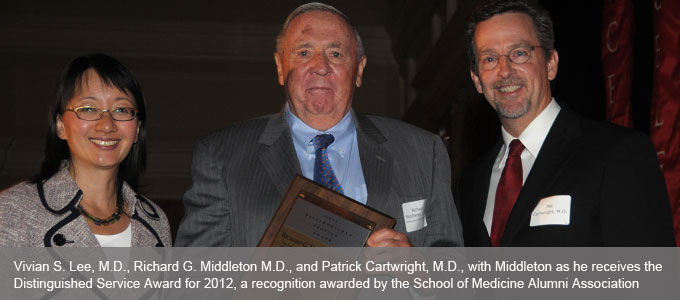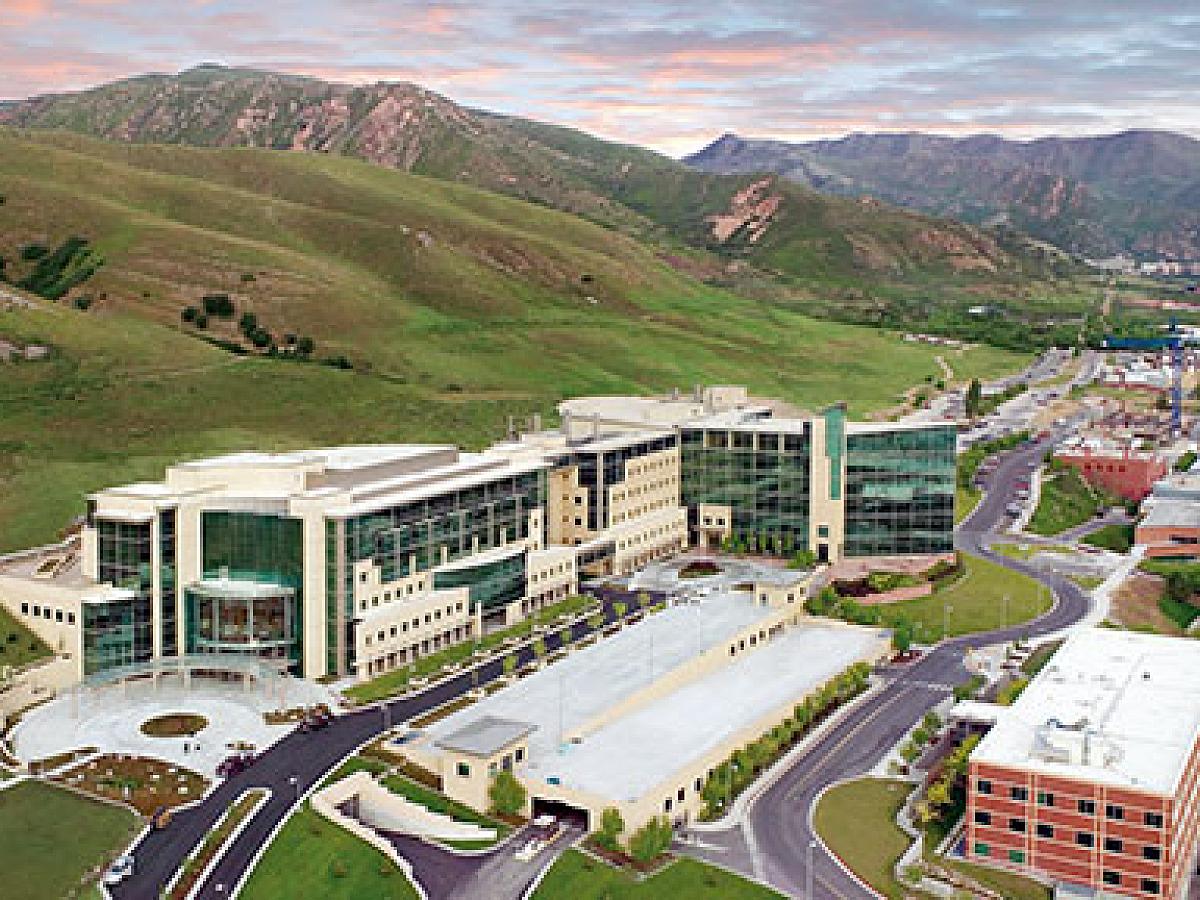A Brief History of the Division of Urology & Urology Residency Program by Richard G. Middleton, MD
Richard G. Middleton, MD was Chairman of Urology for 35 years from 1969 - 2004
A two-year medical school was established at the University of Utah in Salt Lake City in 1905. After the two-year course, students had to transfer to a four-year medical school usually in the eastern or Midwestern states for their two additional “clinical years” to achieve the MD degree. In 1942, during World War II, the university expanded its medical school to a four-year program offering the MD degree. The first graduating class of the new four-year school was in 1944. Clinical training was at the old Salt Lake County Hospital on State Street and 2100 South. Residency training programs were commenced in medicine, surgery, obstetrics and gynecology, and psychiatry. My father, Richard P. Middleton, was the senior urologist practicing in Salt Lake City; he was appointed Chairman of the Division of Urology within the Department of Surgery.
University Hospital Opened
In 1965 a new University Hospital was opened on the foothills above the main campus of the University of Utah. Robert G. Weaver, MD was appointed the first “full-time” chairman of urology. A provisional residency program was established, and clinical training of residents occurred at the new University Hospital and the Salt Lake Veterans Administration Hospital.
Two years later in 1967, I (Richard G. Middleton), completed residency training in urology at the Cornell-New York Hospital and joined the urologic faculty at the University of Utah. One year later in 1968, Dr. Weaver retired because of medical problems and I was appointed to replace him as chairman of urology. Soon the provisional status of the residency-training program ended, and a permanent status was achieved. The residency program was increased from one to two residents per year and two additional hospitals were added to the training program – the Primary Children’s Hospital and the LDS Hospital.
Over time the residency program in urology has grown substantially as the University Hospital and its affiliated institutions have grown. Additional faculty have been added; there are currently 14 full time faculty members in urology, and approximately 85 residents have completed the program and are currently functioning as practicing and academic urologists throughout the country.


